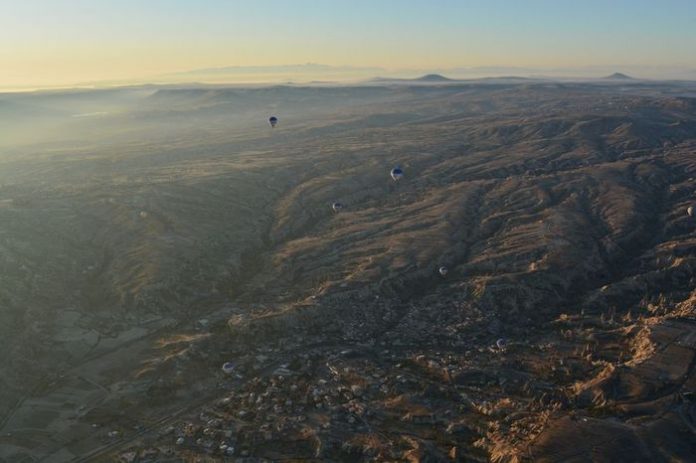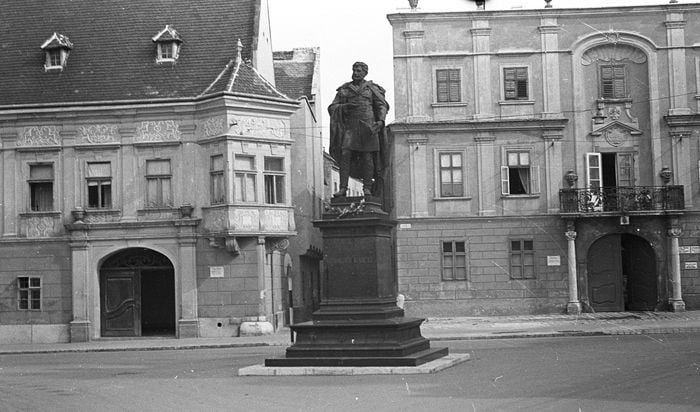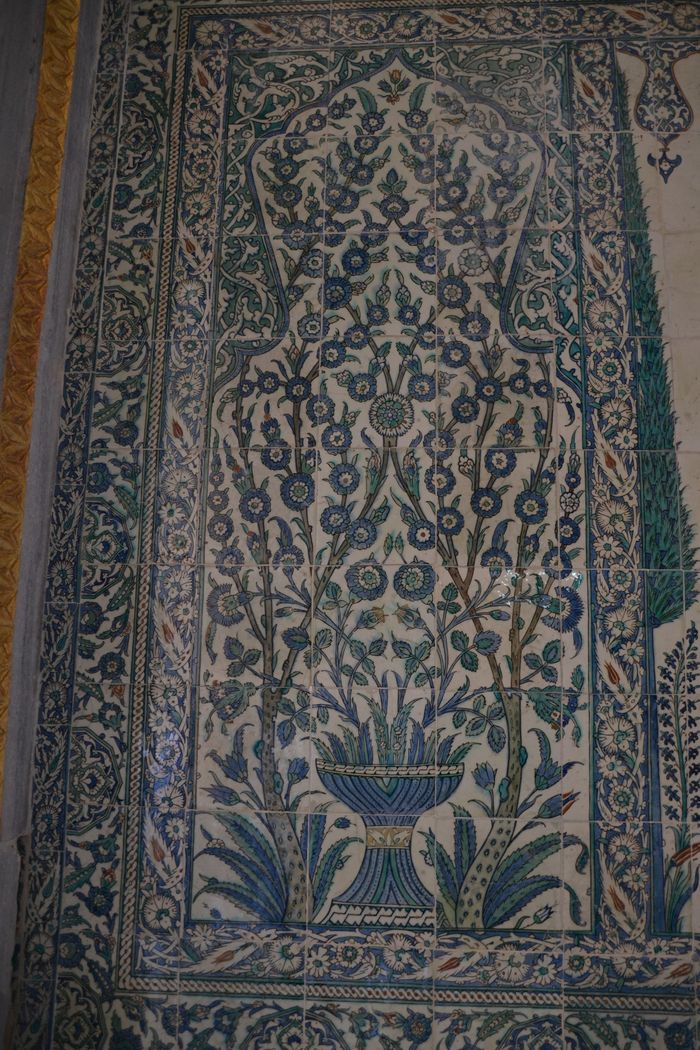An Ancient Land of Craftsmen and Culture
Ancient Phrygia, located in the western part of the Anatolian plateau, held a rich history shaped by skilled craftsmen and a unique culture. This land, marked by the Sakarya River, is now encompassed by the modern cities of Afyon, Eskisehir, and Ankara. Let’s explore the remnants of this historical realm.
Geography and Modern Cities
Phrygia’s historical boundaries stretched across the Anatolian plateau, positioned strategically between Afyon, Eskisehir, and Ankara. Today, only three major cities Anatolian Milestones, Afyon, known for opium, Eskisehir, an industrial hub and key railway junction, and Kütahya, famed for ceramics and brown coal mining, carry the echoes of Phrygia’s past.
Historical Significance
In antiquity, Phrygia thrived with numerous towns and cities, becoming a focal point on the eastward routes from Lydia and Caria. Despite its diminished contemporary presence, the region’s farming potential, nurtured by winds carrying rain into the mountains, allowed Phrygia to flourish in classical times, establishing a powerful kingdom.
Strategic Battleground
The fringes of Phrygia, where the east met the west, witnessed historical conflicts involving Persians, Lydians, Romans, Galatians, Arabs, Crusaders, Seljuks, Ottomans, Mongols, Byzantines, and Turks. The plateau, adorned with ruins and ancient monuments, tells tales of battles and shifting powers.
Language and Influence
The Phrygian language, extinct by the 6th century AD, bore close ties to Greek, evident in ancient inscriptions and writings. The Thracian invaders played a crucial role in toppling the Hittite Kingdom and Troy. The independent Phrygian kingdom, existing in the 8th and 7th centuries BC, held connections with Aryans in the east and Greeks in the west Daily Istanbul Tour.
Religious Practices
With the arrival of the Galatians in eastern Phrygia, the worship of Cybele, the mother goddess, proliferated among urban dwellers. Simultaneously, rural communities leaned towards the worship of Men, the moon god, ruler of Paradise and the Underworld.
Roman Influence
Phrygia’s historical timeline includes periods under Pergamum and later Roman rule, becoming a Roman province in 133 BC. The region’s vibrant past remains embedded in its archaeological remnants, portraying the resilience of a land that once thrived at the crossroads of civilizations.








